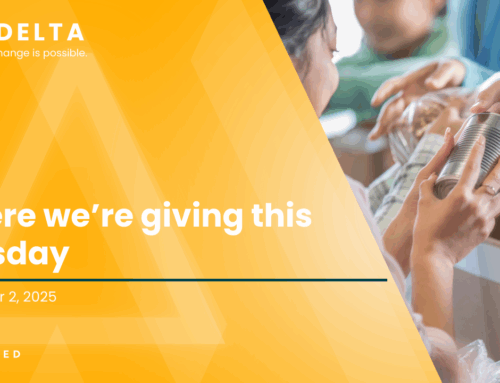The Delta Issue #10
Let’s Discuss: Social Capital
By: Jessica Baghian
Hi friends, Jessica Baghian here. Welcome back to The Delta.
TNTP just released a new report in its Paths of Opportunity series. The latest issue, “The Opportunity Makers: How a Diverse Group of Public Schools Helps Students Catch Up – and How Far More Can,” explores how unusually effective schools drive opportunity. There’s a ton of interesting stuff in there, but one piece, in particular, caught my eye: TNTP includes social capital as one of its five key factors for social and economic mobility.
That really struck a chord with me. We know from both research and personal experience how much access to the right network matters.
We’ve all heard the saying, “It’s not what you know, it’s who you know.” Sadly, the evidence backs that up.
Even when they make it to elite universities, students who come from less wealthy backgrounds are more likely to end up underemployed because they don’t have the networks to access the best job opportunities.
It’s not an easy problem to tackle, and some of the common “solutions” people suggest are often insufficient and, frankly, patronizing. Yes, we should teach students soft skills, but a firm handshake and eye contact will only go so far if you’re competing for a job with someone whose dad golfs with the CEO.
I’m on the board of The Baton Rouge Youth Coalition (BRYC) , which does incredible work to help students get to and through college, but we see our Fellows struggling with the social capital challenge frequently. So I asked BRYC’s brilliant executive director, Lucas Spielfogel , how they’re working to combat it, and he cited three practices:
- Building self-advocacy into everything they do.
- Creating networking opportunities and providing explicit guidance on how to navigate them.
- Intentionally connecting Fellows with alumni and nurturing those connections to ensure they last.
As I’m thinking about this topic, it only felt appropriate to turn to my network. What other promising strategies have you all seen to help students develop connections and social capital? Tell us in the comments.





